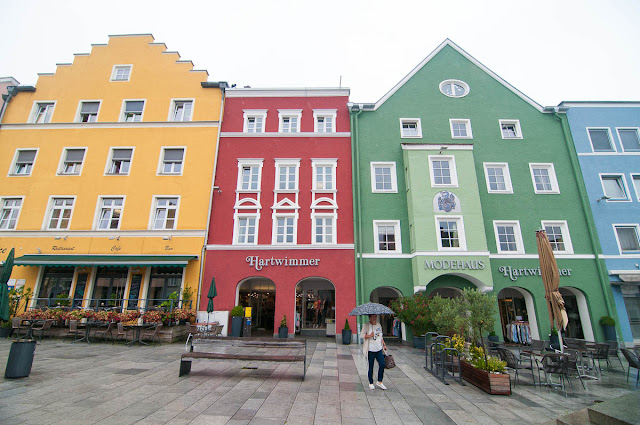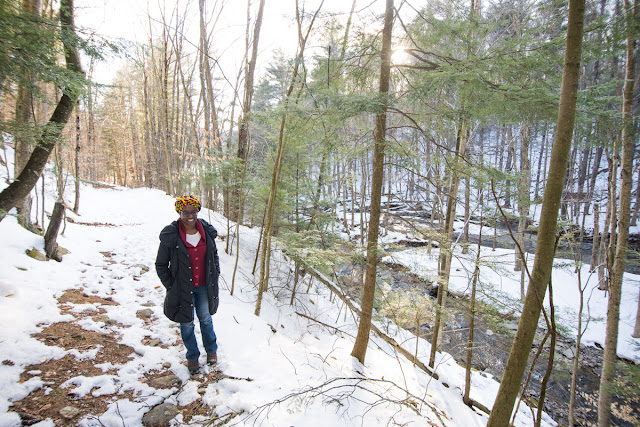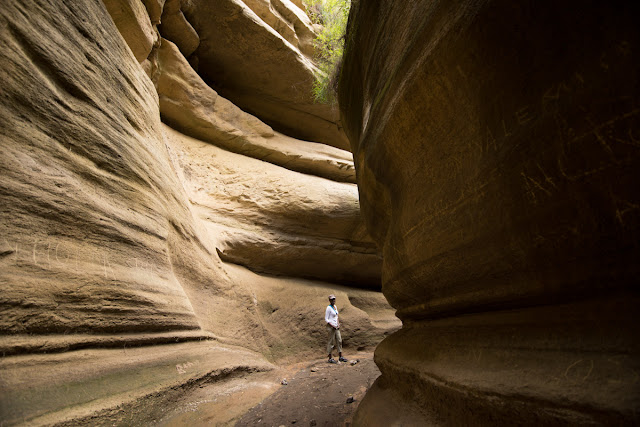england: southampton
we jumped on a train to southampton - this city in the south of england is famous for being the home port (only one time, of course) of the titanic, but its been around for a lot longer than that. thousands of years in fact...having been inhabited by the britons, anglo-saxons and invaded variously by vikings, the french, the romans...
but that was then - now things are much less invady and this is probably much more pleasant for everyone involved. we were visiting our longtime friends, the musukus. rebekah kindly picked us up and shopping queen extraordinaire that she is, showed us the best place to shop for various disparate things we needed (i suppose what i really mean here is 'wanted') - from guitar to clothes.
we also visited the top gear exhibition - if you are a fan you may recognise the toyota pickup they tried to kill...
actually i may have run ahead of myself there...this was part of the beaulieu motor museum, a pretty awesome car museum built in beaulieu. more on beaulieu shortly, but back to the museum. as anyone who knows me can imagine, i was pretty excited. wet-my-pants level of excitement. lots of fascinating cars, including a ferrari dino, ford escort rally car, formula one mercedes, and a this bugatti:
one of the highlights was the 'james bond' exhibition - a host of astons, rolls, bmws, jags, land rovers - all from different bond movies. including the lovely aston martin db5 below.
as part of the motor museum, you get to go into the beaulieu house palace. this house was built in the 13th century and is still used...imagine having this as the windows out of your dining room....
right next to this beautiful old house is the beaulieu abbey. or rather, where the beaulieau abbey used to be. seems that in the 13th century people were pretty well fed up with the excesses of the church and felt that they were mainly trying to enrich themselves. king henry viii used the general mood of dissatisfaction to take over much of the church property (known as the 'dissolution of the monastries'), and so it was with the abbey, which was then demolished, and the stones used to build his own castles.
all that remains is the outline of where the church used to stand and some courtyard walls. it must have been pretty impressive though in its day.









